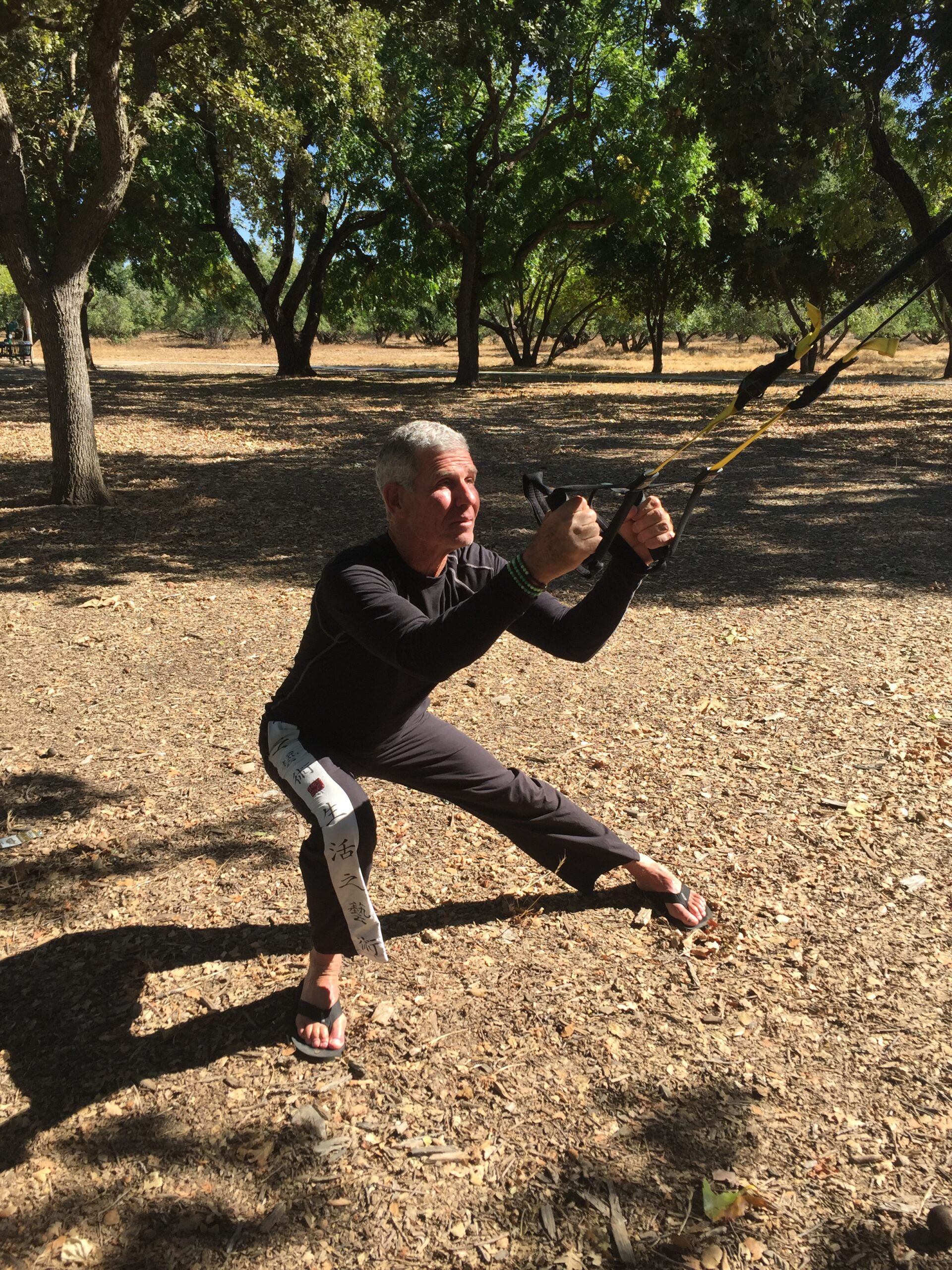This training method was developed by renowned strength coach Cal Dietz and has been widely adopted by athletes looking to enhance their performance in various sports.
Origin of Tri-Phasic Training
Tri-Phasic Training is based on the concept of training the body in three distinct phases: eccentric, isometric, and concentric.
Each phase focuses on a specific type of muscle contraction to maximize strength, power, and speed gains.
This method was developed by Cal Dietz while working with athletes at the University of Minnesota and has since been implemented by numerous professional sports teams and athletes around the world.


The science behind Tri-Phasic Training lies in the principle of specificity and the adaptation of the neuromuscular system to different types of muscle contractions. By targeting eccentric, isometric, and concentric movements in a structured training program, athletes can improve their force production, speed, and power output.
Eccentric training focuses on the lengthening of muscles under tension, which helps improve muscle fiber recruitment and eccentric strength. Isometric training involves holding a static position to develop muscle endurance and stability. Concentric training emphasizes the shortening of muscles to enhance explosive power and speed.
Benefits of Tri-Phasic Training for Athletes
Tri-Phasic Training offers a range of benefits for athletes looking to improve their performance:
Increased Strength: By targeting different muscle contractions, athletes can develop overall strength and power in a more comprehensive way.
Enhanced Power Output: Tri-Phasic Training helps athletes generate explosive power for movements such as sprinting, jumping, and throwing.
Injury Prevention: By strengthening muscles through all phases of contraction, athletes can reduce the risk of injuries during training and competition.
Improved Speed and Agility: The focus on eccentric, isometric, and concentric movements helps athletes develop speed, agility, and quickness on the field or court.
Specificity for Sports Performance: Tri-Phasic Training can be tailored to meet the specific demands of different sports, making it a versatile and effective training method for athletes of all disciplines.
In conclusion, Tri-Phasic Training is a cutting-edge approach to strength and conditioning that offers athletes a strategic way to enhance their performance.
By understanding the origin, science, and benefits of this training method, athletes can optimize their training programs and take their performance to the next level.
In athletic excellence,
Coach Michael Holland

